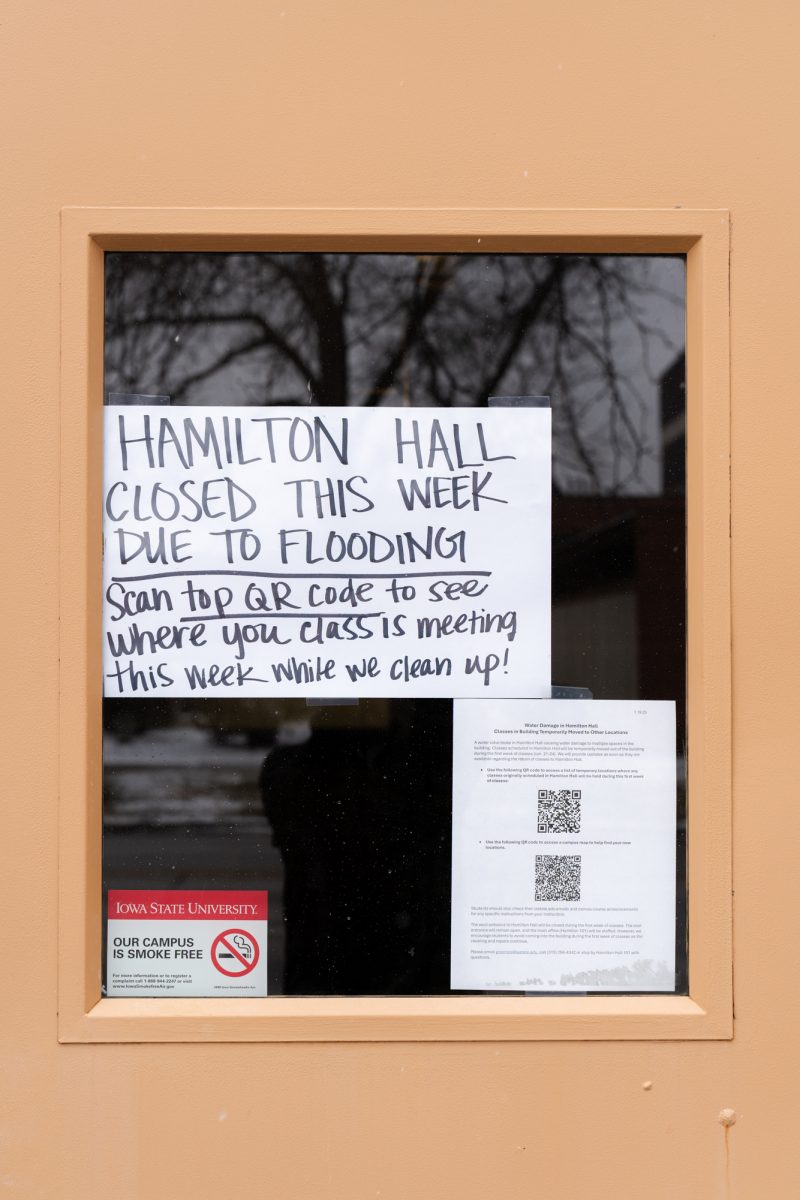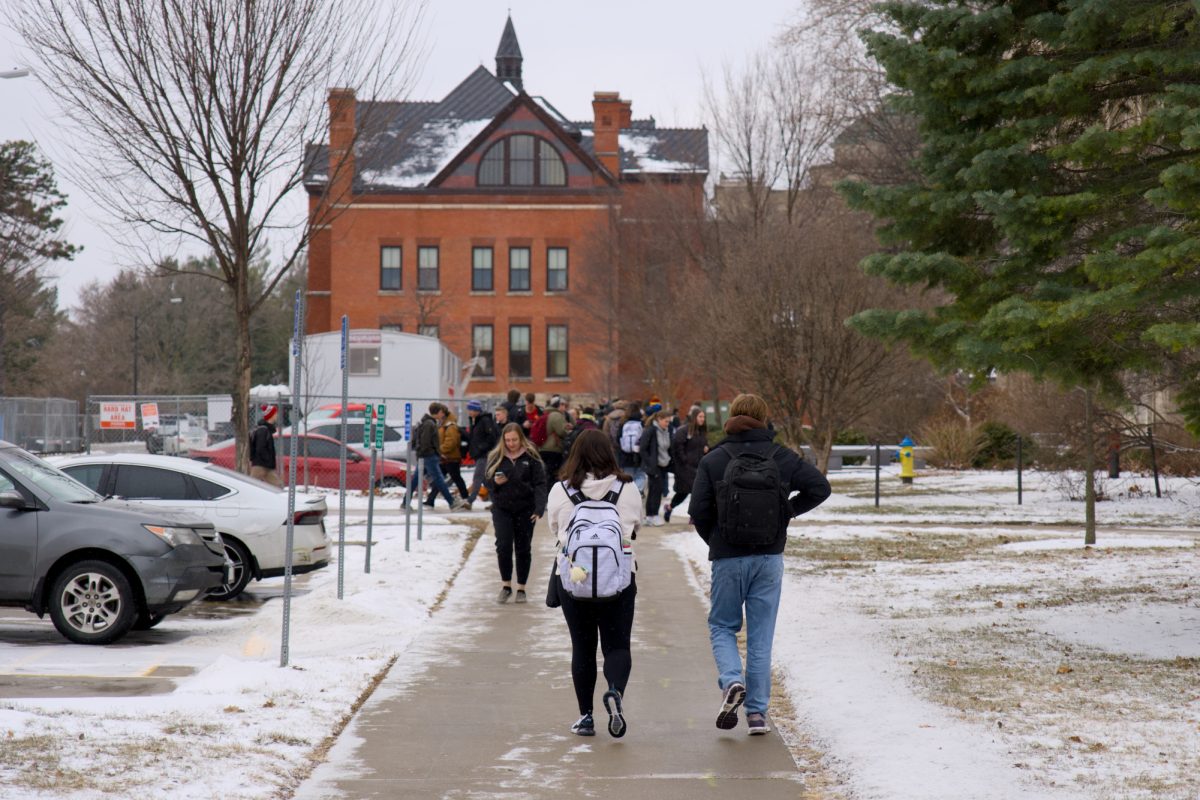Graduate debt at Iowa State ranks second highest in U.S.
August 24, 2005
Iowa State ranked second in the nation among public institutions in highest debt among graduates, according to a recent survey. Iowa Board of Regents members say recent tuition hikes may not be the reason for the ranking, though.
Sixty-eight percent of ISU students graduated with an average debt of more than $27,000, according to a study published by U.S. News and World Report 2006 Edition of America’s Best Colleges. Only Idaho State University’s graduates carried more debt among public universities, with 69 percent of graduates carrying an average debt of nearly $30,000.
Roberta Johnson, director of financial aid, said more than 37 percent of 2004 graduates with debt were more than $30,000 in the red from student loans.
Justin Hardecopf, senior in business, said he has had to finance his education solely from student loans.
“Everything I’ve paid has come out of student loans,” Hardecopf said. “Very little has come out of my parents’ or my pocket for school.”
According to the survey, Iowa State is ranked 11th nationally in graduate debt among all institutions, public and private, in addition to being ranked second among national public institutions.
Bob Downer, Iowa Board of Regents member from Iowa City, said although he has not directly seen the U.S. News report, he does find the numbers surprising because of Iowa State’s relatively low tuition compared with other states.
“Looking at where tuition rates are around the country, I find this statistic hard to believe,” he said.
Board of Regents President Michael Gartner said he cannot state his opinion because he does not know enough about the graduates’ financial history.
“You have to know who the students are carrying that big debt,” he said. “I just can’t comment intelligently or unintelligently about it.”
Downer said he is not attempting to discredit the findings, but feels the mix of in-state and out-of-state enrollment among the Regents institutions may contribute to the higher figures.
“There are a large number of state schools and private schools that have higher tuition than the Regents institutions,” Downer said. “No. 2 in the country just strikes me as a surprise.”
Johnson said students have faced a steeper financial burden since 2000, as state appropriations dropped 45 percent while tuition rates increased by more than 60 percent.
Gartner said despite tuition hikes in recent years, tuition at Iowa State is still low.
“When you look at tuition — in-state and out-of-state — the cost of education is quite low, relatively speaking,” he said.
Johnson said she is optimistic about future improvements in financial aid availability and tuition increases, although the changes will not occur over night.
“We’re hoping to see improvement, but improvement will be slow,” she said.
Johnson said this year’s 4 percent tuition increase from an adequately funded Partnership Plan for Transformation and Excellence is a significant development from recent years, although future increases are unknown.
Downer said he remains optimistic for full state appropriations for the Regents under the Transformation Plan in 2006.
“I think a lot of this depends upon what the economic conditions will be,” Downer said. “I am hopeful — but not certain — the same will happen in 2006.”
Future tuition stability under the Transformation Plan relies heavily on favorable economic conditions and adequate state revenue, Johnson said.
“If the markets are depressed, if we don’t have the revenues in state, that will play into the factor,” Johnson said.
Hardecopf said he has changed majors since starting college in 2002, and plans on graduating in the spring of 2007.
“You are just hopeful that when you leave college, you can find that job that will earn enough to pay them back,” he said.
Matt Berndt, junior in accounting, said he has some student loans, although he will not have nearly as much when he graduates as the U.S. News average. He said he thought their findings were not a huge surprise.
“If you look at it, a lot of students take out loans like every year, so, their loans could be up to $40,000,” Berndt said. “It could be a lot higher.”






